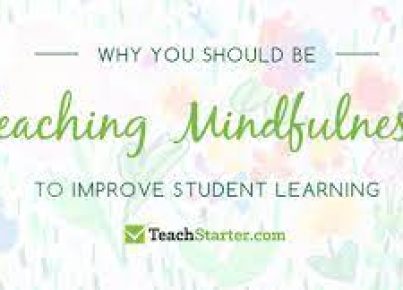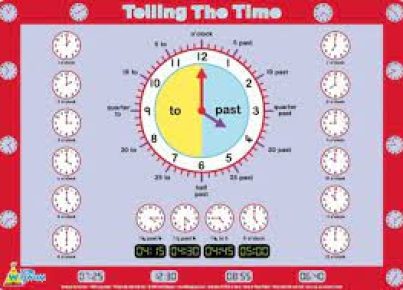Introduction:
Education is not just about academic achievement, it is also about providing well-rounded individuals who can contribute positively to society. One way to help students become well-rounded is by having a creative curriculum that fosters creativity, problem-solving, and critical thinking skills.
1.Encourage cross-disciplinary learning:
A creative curriculum can be fostered through the merging of different subjects and disciplines. Encouraging students to combine knowledge from various fields promotes out-of-the-box thinking and problem-solving skills. For instance, incorporating aspects of art, history, geography, and social sciences into science lessons can create an engaging learning environment.
2.Apply project-based learning:
Project-based learning (PBL) is a teaching approach that requires students to work on real-world problems and complete projects over an extended period. PBL enables students to apply their knowledge across many subject areas and helps develop critical thinking and creativity skills.
3.Empower teachers:
Teachers play a crucial role in implementing a creative curriculum. Provide professional development opportunities focused on fostering creativity and innovation in the classroom. Give educators the autonomy to tailor lessons based on the needs and interests of their students while still aligning with core standards.
4.Utilize technology:
Technology has revolutionized how educators teach and how students learn. Integrating technology into curriculum development allows creativity to flourish, as students can access numerous resources and tools that encourage autonomous exploration.
5.Foster collaboration:
Group work and collaborative activities not only improve social skills but also allow for the cross-pollination of ideas. Encourage students to work together to solve problems creatively by setting up team-based projects that require cooperation for success.
6.Provide opportunities for self-expression:
Providing students with multiple outlets for self-expression permits innovative ideas to flow freely within classroom settings. Offering a variety of mediums – such as visual arts, drama, creative writing, music – allows students the freedom to explore and express their creativity.
7.Adopt a growth mindset:
A growth mindset emphasizes the importance of persistence, grit, and dedication in achieving success. Encourage students to try new things, take risks and learn from their mistakes, as failure is a natural part of the creative process.
Conclusion:
Incorporating creativity into the curriculum is essential to prepare students for future challenges and help them contribute positively to society. By encouraging cross-disciplinary learning, applying project-based learning methods, empowering teachers, using technology, fostering collaboration and self-expression, and adopting a growth mindset, schools can successfully achieve a more creative curriculum.





